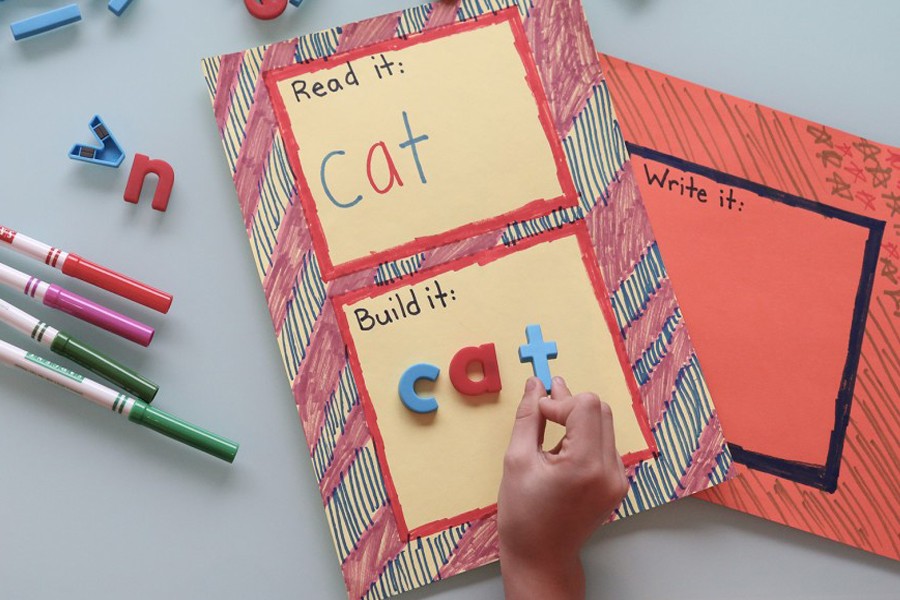One of the challenges that we face while teaching our students is that some of them struggle or are reluctant to read. While students acquire knowledge at different paces, it is observed and experimented that multisensory reading is one of the best methods of teaching reading to young learners.
In the Early Years Foundation Stage, at DPS STS School Dhaka, the teachers engage the students with Multi-Sensory activities which trigger whole brain development in young learners. The teachers engage students by involving multiple areas of their brains such as including auditory and visual segments to reading assignments. They have also instituted a variety of online activities and illustrations to enrich children's vocabulary.
While it is ideally habitual for an Early Years child to pick up a book in the classroom, there are a few Pre-reading skills that parents can nurture early on. Before students enter Nursery, they are already aware of learning skills that enhance their preparedness for reading. These abilities make them ready for long– term reading skills.
Alphabetical decoding is one of the key skills that our Early Years Teachers emphasise on for developing reading fluency in the Foundation Grades. This skill aids in recalling the knowledge of letter-sound relationships, which helps students to perceive and pronounce different words.
Activities that can be practiced at home to boost reading skills:
Read – Aloud Questions
It’s always good to read aloud to your child while asking questions along the way. This enhances critical thinking in children and enables the adult to deduce how much the context is comprehended.
Story Sequencing
Another way to help the little one’s is to sequence the story. One of the ways to teach them to order the sequence of a story is by simply asking them to draw a picture or write a sentence of the events that took place at the beginning, middle and the end. Being able to organize the happenings in a story is a significant element in understanding the plot of the story.
Recalling & Retelling
Going through a story that was read to your little one enables them to visualize and recall the sequence of events and retell the story. To motivate children to relate a story, caregivers can use various prompts to activate their previous knowledge to unfold a plethora of experiences.
Close Reading
Engaging children to integrate their senses to a word, phrase, or a sentence develops to read a context with insight. Children should be allowed to explore the reading material by incorporating simple activities to connotate the significance of the vocabulary.
Inferencing
One of the finest ways to initiate inferences is through wordless picture books. As this is a skill practised by children regularly, the little ones do not realise, that every illustration has a name. To encourage them to develop this skill, adults should guide them through selecting and discussing different books.
Dushani Rajaratnam
Head of Pre – Primary
DPS STS SCHOOL DHAKA


